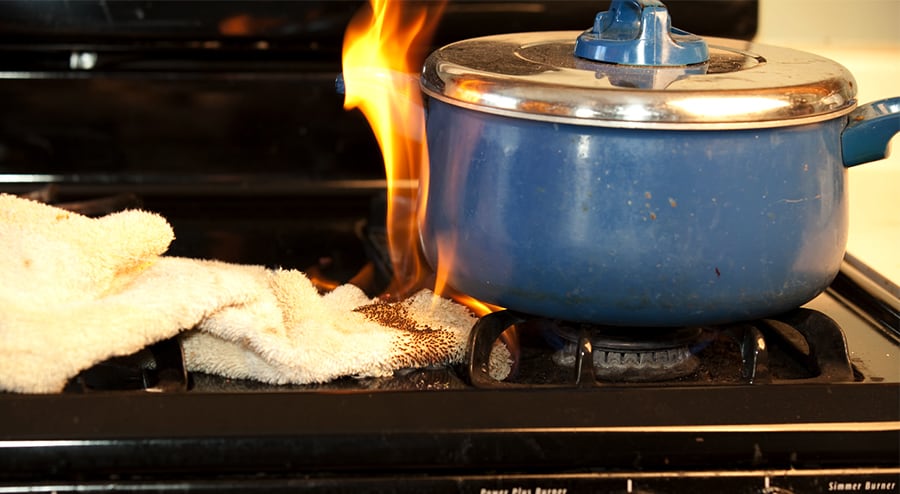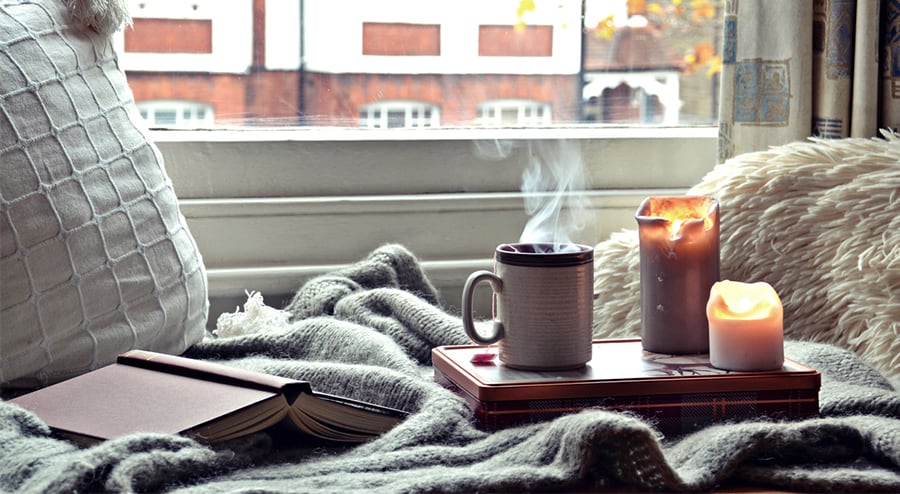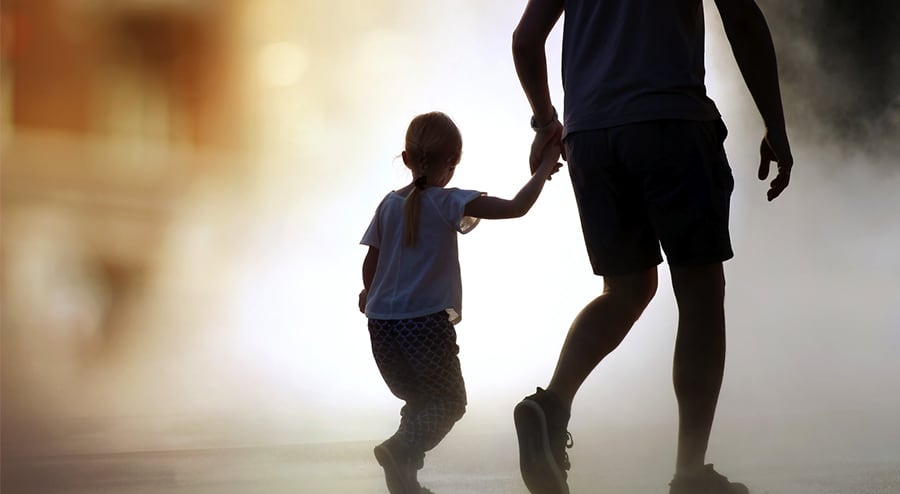In 2015, one home structure fire was reported every 86 seconds in the United States, adding up to more than 300,000 fires every year. With so many fires, it’s impossible to make your home risk-free using any single strategy. But by taking some time to learn the common causes of residential fires and how they can be avoided, you can protect yourself and members of your household from the very real and very significant risk of house fires.
Cooking Safety
Out of all the potential causes of fire in the home, cooking was the leading cause of household fires from 2010-2014, and fires started with cooking materials accounted for more than a quarter of all home fires. Leaving cooking food unattended for long periods of time is by far the leading factor contributing to cooking fires.
- Always use a timer when cooking.
- Keep flammable items away from the stove. One out of every five fire-related deaths is caused by flammable material left too close to a heat source.
- Do not leave the stove unattended.
- Heat oil slowly and turn off the stove if you notice wisps of smoke forming on the oil.
Turkey Frying
Turkey frying is one of the most dangerous types of cooking because the oil can easily spill over in the tub and ignite. Staying safe is critical for frying a turkey.
- Thaw the turkey completely before frying.
- Fry the turkey away from the house.
- Never leave the turkey frying unattended.
- Track the temperature of the oil with a thermometer.
- Keep a fire extinguisher on hand at all times.
Safety with Heating Systems and Portable Units
In the years between 2009 to 2013, heating systems were responsible for 16 percent of all house fires, and were responsible for 19% of fire-related deaths. Following good safety practices with your home heating system can save your life or the lives of other members of your household.
- Keep heating units away from combustible items like furniture, bedding, papers, cardboard boxes and other flammable items.
- Have your heating system tuned up once annually.
- Use space heaters equipped with a safety feature that turns off the space heater if it is tipped over.
- Never leave portable heating equipment unattended.
- Never plug more than one portable heating unit into the wall at a time.
- If you smell gas in the air around your heating unit or furnace, do not turn it on.
- Inspect your furnace on a regular basis. If you see red flags like corrosion, signs of smoke or combustion, contact an HVAC contractor right away.
Fireplace Safety
Fireplaces left unattended or used improperly can cause burns, residential fires, and smoke damage. But homeowners who are aware of the risks, use their fireplaces properly, and maintain their fireplaces to a safe standard can protect themselves from these unfortunate accidents.
- Never leave a fire burning unattended.
- Clean out the fireplace at least once annually, or more often if you use your fireplace on a regular basis. Talk to your chimney sweep to set a recommended fireplace cleaning schedule.
- Keep the screen closed while a fire is burning.
- Protect the fireplace with a gate around the hearth if you live in a house with small children.
- Burn only seasoned firewood.
- Allow ashes to cool for at least 24 hours before cleaning out your fireplace after a fire.
Candles
Fifty-eight percent of candle fires begin when a candle is left too close to a combustible item. Christmas, Christmas Eve, New Year’s Day, and New Year’s Eve are the biggest days for candle fires, but you can avoid them throughout the year by following some simple rules.
- Never leave candles burning unattended.
- Place burning candles several feet away from all other combustible items.
- Trim candle wicks to 1/4 inch before burning.
- Keep candles away from vents, fans and air ducts.
- Place burning candles up out of reach from children and pets.
- Put out burning candles before they reach the bottom of the candle holder.
- Do not move candles while they’re burning.
Electrical Safety
Electrical issues are the third leading cause of home fires. All homes, even newer properties, can have problems with their electrical systems, and poor wiring and unsafe use of electrical appliances can lead to fires and electrocution. To protect yourself, keep the following advice in mind:
- Know the signs of an electrical overload such as warm outlet covers, hissing noises, the smell of smoke around the electrical box and dimming lights.
- Talk to an electrician if your circuit breakers are constantly tripping.
- Avoid plugging too many electrical appliances into one outlet.
- If you own a home with a fuse box, have it inspected by a licensed electrician.
- Install GFCI outlets in all areas where moisture is present, such as the bathroom and in the kitchen.
Smoke Detectors
The vast majority of fire-related deaths occur in homes without smoke alarms, or in which the smoke alarms aren’t working, so smoke detectors are essential for your safety and the safety of everyone who lives in your home. If you already have smoke detectors, get into the habit of testing them—and replacing their batteries, if needed—on a regular schedule.
If you need to buy smoke detectors for your home, understand that they come in two types: ionization smoke detectors and photoelectric smoke detectors. Each type of smoke detector is good for detecting different types of smoke. Ionization smoke detectors use ions to detect smoke in the air, and are best at sensing smoke from flaming fires. Photoelectric smoke detectors, on the other hand, sense smoke with a light beam, which means they’re best at sensing smoke from smoldering sources.
The best places to put smoke detectors include bedrooms, in common areas near bedrooms, just outside the kitchen, and in the public places of the house, such as the living room and dining room. Test your smoke detectors every 6 months.
Fire Extinguishers
Have a fire extinguisher for every floor of your home. A:B:C extinguishers fight all fires and are commonly available in home improvement stores. Keep at least one fire extinguisher in the kitchen, one in the laundry room, and one in the garage, and keep all other fire extinguishers in centralized locations where they can be easily accessed by anyone who needs one.
Check the pressure gauge on your fire extinguishers every 6 months, and replace the fire extinguishers as soon as the pressure gauge indicates that it is time. When using the fire extinguisher, pull the pin, aim the extinguisher at the fire source, pull the trigger and sweep the source of the fire until the extinguisher runs out.
Fire Escape Plan
Planning an escape route from the house in the event of a fire can help ensure that members of your household will escape if a fire occurs. Map out the house and indicate the location of each fire extinguisher. Discuss the use of the fire extinguisher with members of your family, then practice escape routes to ensure that each member of the family will know the fastest way to leave the house in the event of a fire.
When discussing escape, practice opening windows and escaping into various points of the yard. Time yourselves and practice repeatedly to ensure that you can realistically escape in the event of a fire.
Burns and Scalds
If you or a member of your household is burned, hold the burned part under cold water for approximately 20 minutes. Seek medical attention for burns and scalds if the burned area is larger than a quarter. Medical attention can help prevent infections, scarring and serious complications.
Fires at home are a real threat, and you need to be vigilant at eliminating their causes and proactive when it comes to preparing for them. Fortunately most of the steps to fire safety are simple, and you can start taking them right away. Do so, and you’ll be left with much more peace of mind.




